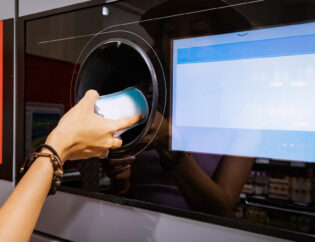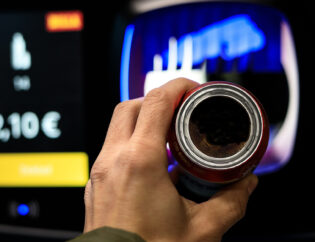
Packaging is often regarded as a functional necessity to protect products during transportation and storage. However, it plays a multifaceted role that extends far beyond its utilitarian function. From both the brand and consumer perspectives, packaging is a critical element that influences purchasing decisions, brand loyalty, and overall product experiences.
From the brand perspective, packaging serves as the very first impression consumers have of their products, essentially acting as the storefront of a brand on store shelves and e-commerce platforms. An attractive, well-designed package can immediately capture attention and convey a sense of quality and trustworthiness. Moreover, packaging serves as a canvas for expressing brand identity, with colors, logos, fonts, and imagery contributing to communicating a brand’s personality, values, and story. A consistent design across products helps reinforce brand recognition, and in a crowded marketplace, packaging becomes a powerful tool for differentiation. Unique packaging sets products apart from competitors and can even justify premium pricing. Furthermore, packaging provides a platform for sharing essential information with consumers, including product details, usage instructions, ingredients, and certifications. Transparent and informative packaging builds trust among consumers. Sustainability messaging is also gaining traction as brands use packaging to showcase their commitment to eco-friendliness, utilizing materials, recycling information, and reduced-waste packaging to communicate their environmental responsibility.
From the consumer perspective, packaging significantly influences product selection. Consumers are naturally drawn to products that are visually appealing. Research suggests that consumers make initial judgments about a product within seconds of seeing its packaging, with aesthetic packaging capable of triggering positive emotions. Beyond aesthetics, functionality is another aspect highly valued by consumers. Packaging that is easy to intuitive, recyclable, and designed with convenience in mind enhances the overall user experience. Additionally, consumers tend to associate high-quality packaging with high-quality products. Sturdy, well-designed packaging suggests reliability and trustworthiness. With environmental consciousness on the rise, modern consumers are increasingly aware of the environmental impact of packaging. Brands adopting sustainable packaging solutions that align with consumer values are likely to gain favor. Packaging also significantly affects the user experience, with considerations like ergonomics, ease of use, and tactile qualities contributing to how consumers perceive and interact with a product.
In conclusion, packaging is a pivotal aspect of product marketing and branding. Brands utilize it as a tool to engage and connect with consumers on a deeper level. By prioritizing both aesthetics and functionality, brands can create packaging that not only protects but also captivates and resonates with their target audience. Packaging serves as the gateway to product experiences and influences purchasing decisions, and its role is undeniably intertwined with the success and identity of a brand.










